Japan’s prolific sakura trees that signal the coming of spring are famous all over the world, and usually tourists come to Japan during the spring months of April and May to see them in bloom.
There are actually a lot of different types of sakura. Do you know which sakura are the first to bloom? Well then, allow me to introduce the Kawazu sakura. These sakura can be admired as early as February in the Tokyo area, and because there aren’t many tourists coming to view sakura during this time, the blossoming trees can be enjoyed at one’s leisure without the crowds.
I decided to see these early-bloomer Kawazu sakura with my own eyes. After doing a bit of research, I decided to go on a bus tour. There are a ton of bus tours that can take you to the tourist spots around Tokyo. If you have luggage, trains and buses, especially during rush hour, make it a real pain to get from place to place. But on a bus tour, you can just sit back and relax as you’re whisked away to each spot on your itinerary. Meals are also included.
Out of a bunch of tour bus companies, I ended up deciding on Hato Bus. Hato Bus is pretty well-known and they also offer a variety of tours, including multi-language tours. A tour guide who speaks your language accompanies the tour so there’s no need to worry about the potential language barrier if you’re not comfortable communicating in Japanese.
Link to Hato Bus’s Official English Website
*For the most up-to-date information, please visit the website listed.
Today's Tour
Yokohama & Kawazu Sakura Day Trip Tour
Fee: Adult 9,500 yen Child 9,000 yen
Course Features
a. Admire the beautiful gardens of Japan. There are 17 historical buildings in the garden, which blend wonderfully with nature and offer great views.
b. Enjoy cherry blossom trees by train as well as on foot.
Course Itinerary
9:20 a.m. Hamamatsucho Bus Terminal departure
10:15 a.m. Arrive at Sankeien, Yokohama (matcha tea experience) (duration: 10:15 a.m. to 11:30 a.m.)
12:15 p.m. Arrive at Yokosuka Mercure Hotel, Yokosuka City (duration: 12:15 p.m. to 1:40 p.m.)
2:20 p.m. Miura Kaigan Kawazu Sakura Festival + Keikyu Train (Misakiguchi) (duration: 2:20 p.m. to 3:50 p.m.)
5:40 p.m. Arrive at Tokyo Station
Meeting Spot
At 9:00 a.m., we gather at Hamamatsucho Bus Terminal and depart at 9:20 a.m.
Customers coming from JR Hamamatsucho Station or Damon Station, please check the following URL to confirm the meeting spot.
Link to Meeting Spot(Japanese)
Introducing My Tour Guide!
My guide this time is Ou-san, who also goes by the Japanese last name Yamamoto. At first she came to Japan as a student for study abroad, but that was 19 years ago! She comes from Guilin in the Guangxi province of southern China. She was very kind and took great care of us.
Spot 1: Sankeien
First, we all headed as a group to a tea ceremony held to commemorate the anniversary of the construction of the garden.
There are many rules you have to follow during a tea ceremony. After we received the tea we bowed to the sensei. First, Japanese sweets are eaten before tasting the matcha tea. The sweets were really cute and imprinted with images of scenic views from Sankeien. The sweetness of the candies went well with the bitterness of the matcha tea.
There is a certain way to drink the matcha tea. If you’re not unfamiliar with it, there’s no need to worry because you’ll be taught how.
The tea cups were also imprinted with views from the garden. Whether there’s a design on your cup or not, the side of the cup facing you is considered the front of the cup. Before we drank the tea, we were instructed to place the cup gently to our left, and in order to avoid drinking from the front of the cup, we had to turn our cups a tiny bit clockwise, and then we had to be careful to take only three or four sips. Then we were told to gently wipe the brim of the cup using our thumb and index fingers, and then to turn the cup counterclockwise in order to admire the design of the cup. We then turned the cup so the front would face the sensei, and we bowed to her as she bowed to us. From this experience I came to understand the discerning nature of the Japanese, and the emphasis that they put on respecting others.
After the tea ceremony was free time. We explored the garden at our leisure.
There weren’t many people inside so it was quiet and we could take a leisurely walk around the area. What with the combination of the historical buildings against the backdrop of the traditional beauty of the garden, I felt as if I was gazing at a picture. This garden is also a popular spot to take wedding photos and is known as a mecca for couples. When I visited I actually saw many couples taking wedding pictures.
Spot 2: Lunch at Yokosuka Mercure Hotel
From the restaurant on the 19th floor of Yokosuka Mercure Hotel you can see the Boso Penninsula across Yokosuka Harbor. If you’re lucky and the weather is good, you can even see Mt. Fuji. When I went my luck wasn’t so great, so the sky was overcast. I couldn’t see Mt. Fuji…
The hotel kindly prepared a delicious meal and dessert for us to enjoy. The salad bar, pasta and coffee are free. There is a fee for other menu items. Because we ate in a big group, we could all chat together while enjoying our meal.
Spot 3: Kawazu Sakura Festival and the Keikyu Train
From where the bus dropped us off there was about a 15 minute walk to where the hanami party would be held. Japanese roads can be on the narrow side, and this road was so narrow that we had to walk single-file.As I watched our group walking in single file like this it reminded me of the picnic I went to with my classmates in elementary school. How nostalgic!
Kawazu sakura are one type of sakura tree and their flowers are pink. Out of all the kinds of sakura, they bloom the earliest. In Kanto they start blooming from the beginning of February and reach their peak from mid-April until the beginning of March. Compared to other types of sakura, they also stay in peak bloom the longest—about 1 month. Around this time bright yellow rapeseed flowers are also in bloom, so you can enjoy them both together. In recent years the popularity of the Kawazu Sakura Festival has skyrocketed. It’s estimated that 150,000 to 200,000 people participate in the Kawazu Sakura Festival each year.
After viewing the sakura trees, we walked for about 7 minutes to Miura Kaigan Station. From here we’ll take a train to Misakiguchi Station to a hanami party under the sakura trees. There’s only one station in between, and because it was a weekday, the train was empty.
Spot 4: From Misakiguchi Back to Tokyo
On our way back we saw a lot of farm fields. Most of them were daikon radish fields. Miura daikon are actually famous, and without thinking I took this shot of a huge daikon we found at Misakiguchi Station.
Everyone must have been so tired from all the fun that the bus was dead quiet on the way back to Tokyo. I slept like a log for an hour and a half. Luckily there wasn’t much traffic on the way back so we got back to Tokyo right on time.
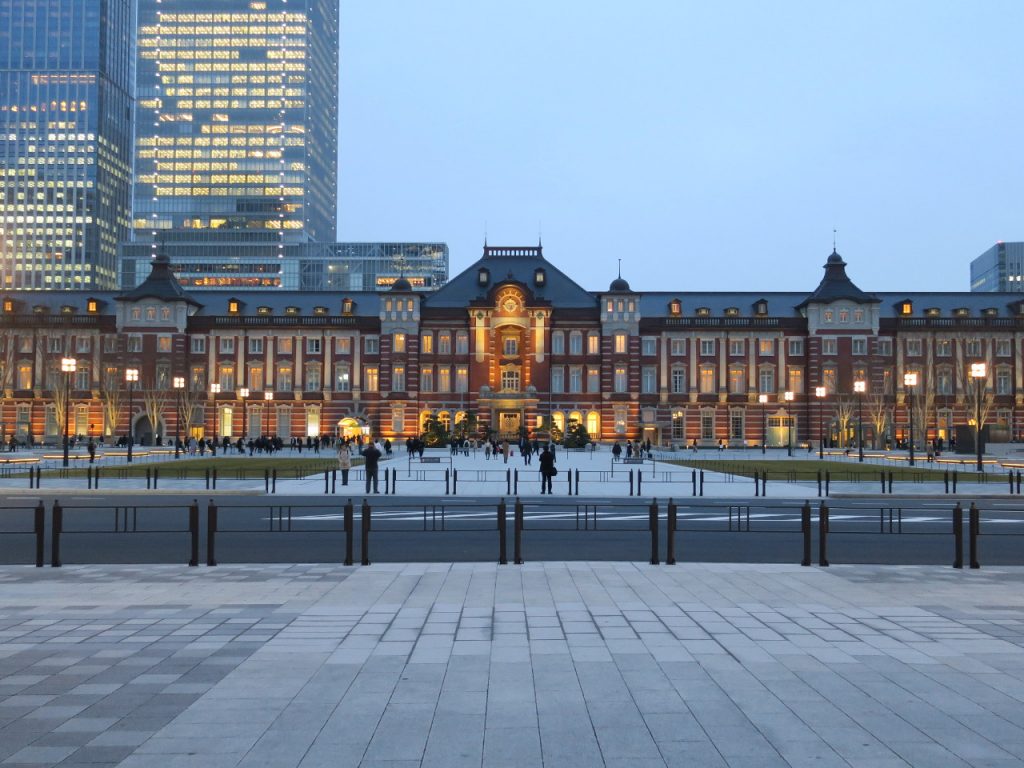
I’m really happy that I took this bus tour, but I was kind of disappointed that we didn’t get to ride in the famous yellow bus or take many pictures.
During the tour, everyone listened to the guide’s instructions and always assembled at the meeting spots on time. While we were on our way to our next destination our guide pointed out famous sightseeing spots we could see from our windows, as well as information about the area we were heading to. From talking to the guide I came to understand a lot about Japanese culture.
I didn’t have to change trains or buses and I got to enjoy the day to its fullest. Towards the end of the tour the guide handed out pamphlets for other tours, and after looking through them, I found a ton of tours I’d love to take when I have the time.


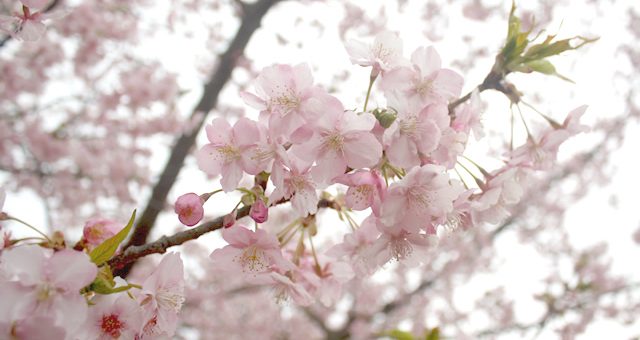



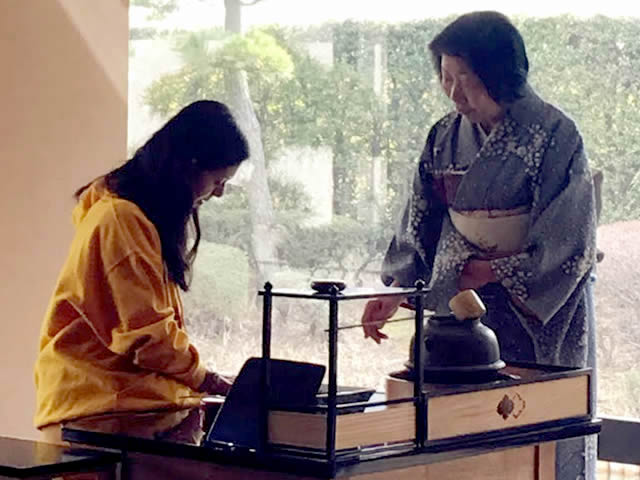


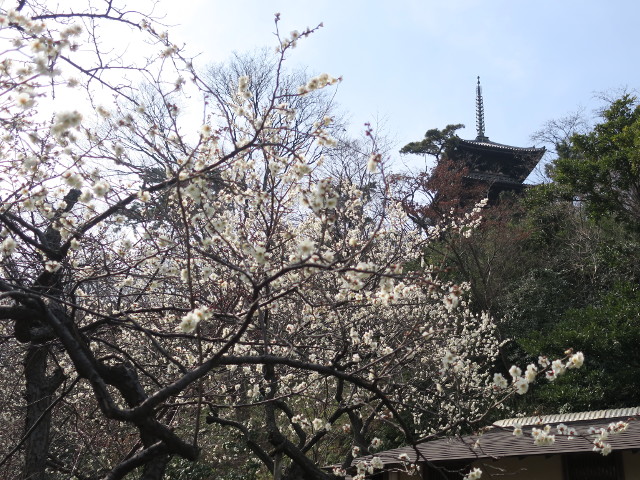


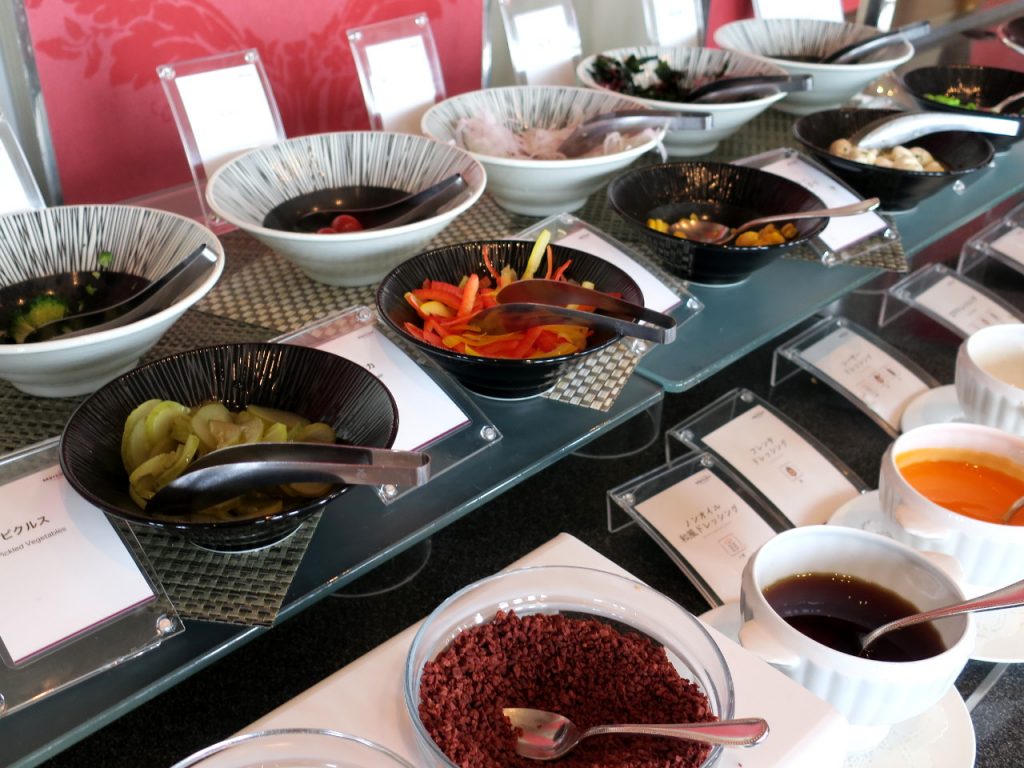
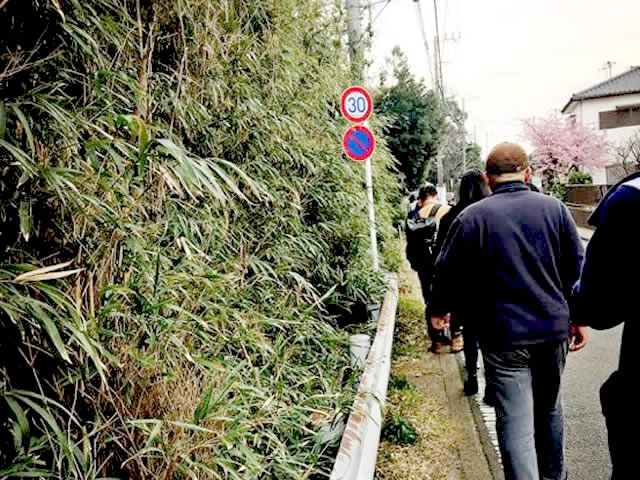





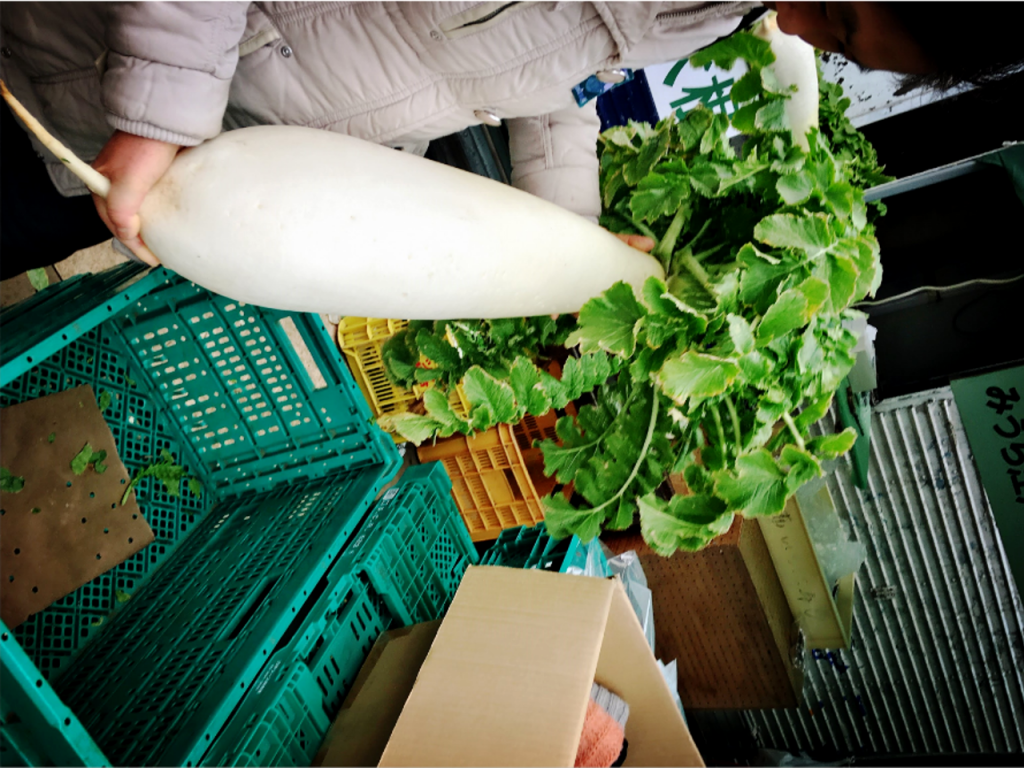

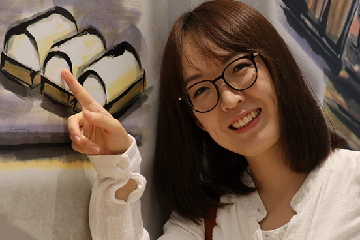

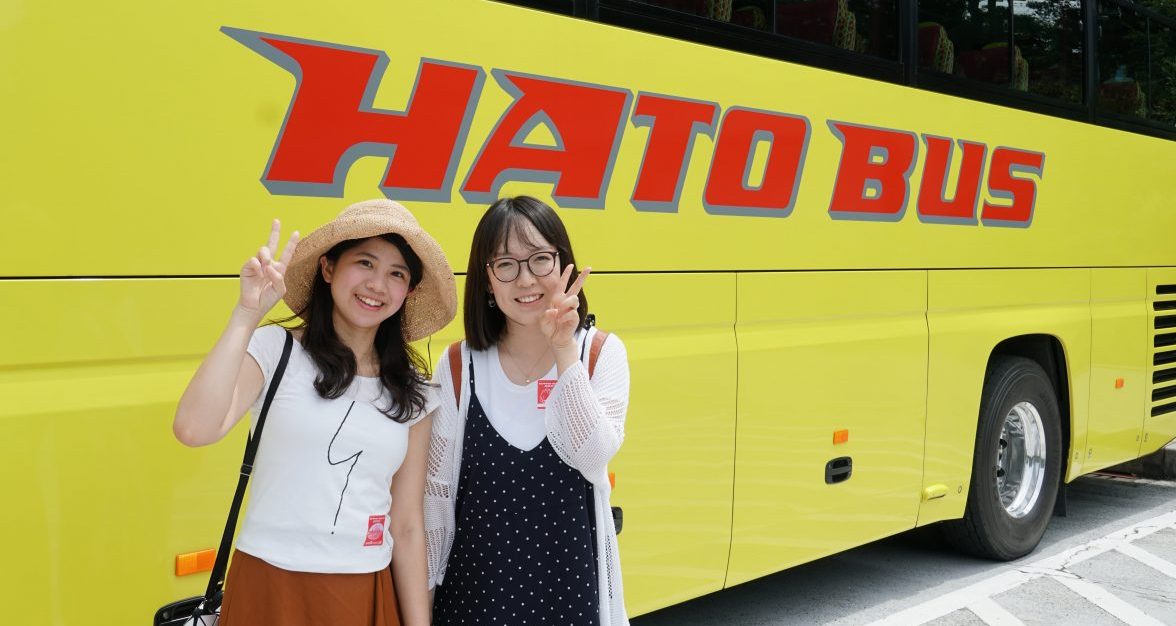
I am interested in Japanese culture and am currently trying out many different things in Japan. I would like many other foreign nationals to get to know the amazing things about Japan that I was able to experience myself. If you are interested in the traditional Japanese food, kamaboko, you should definitely check out the restaurant, Suzuhiro Kamaboko-no-Sato. Over there, you will definitely be able to fully experience the charm of kamaboko.